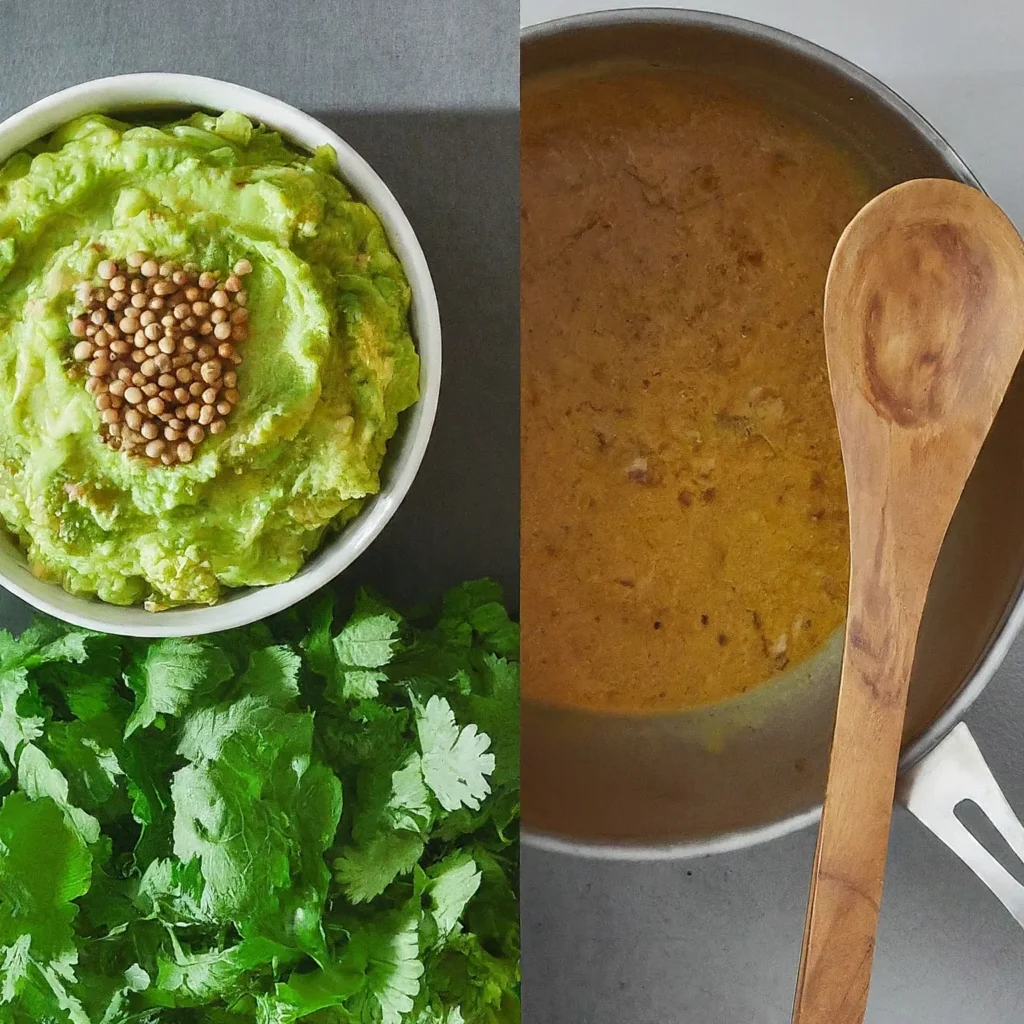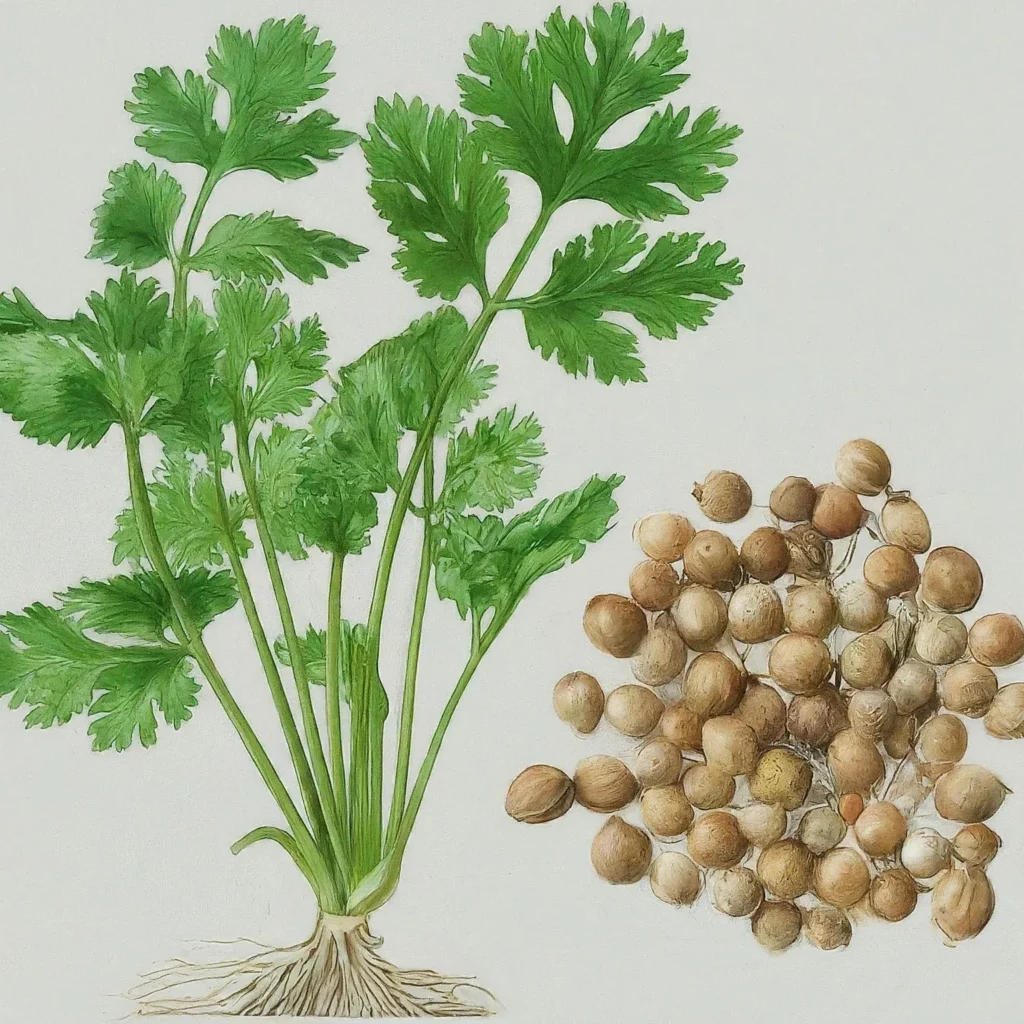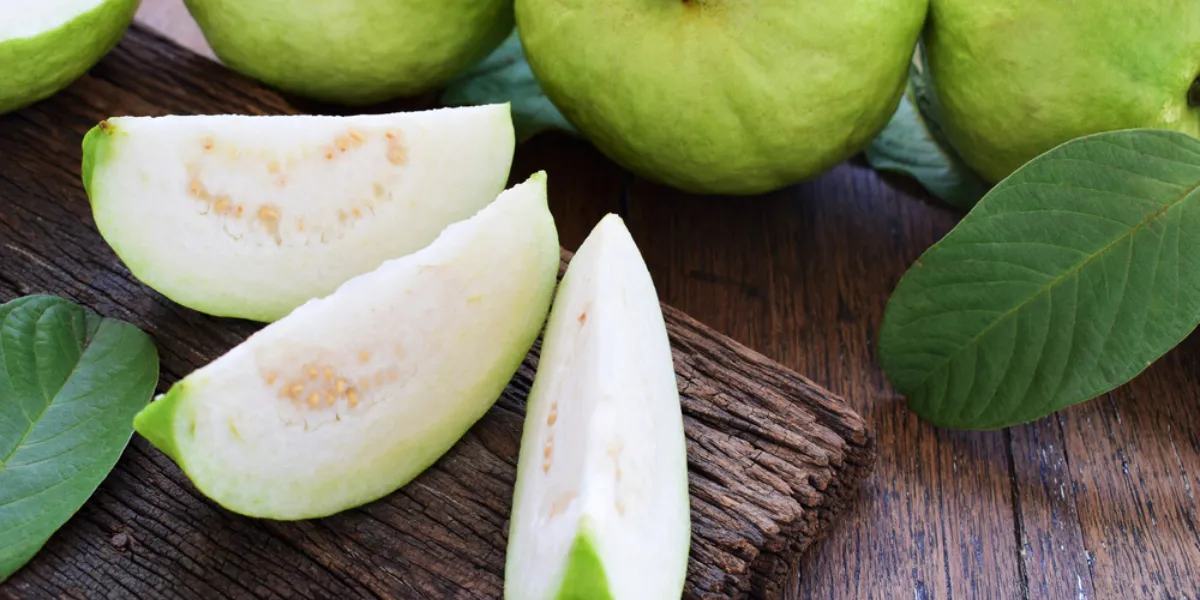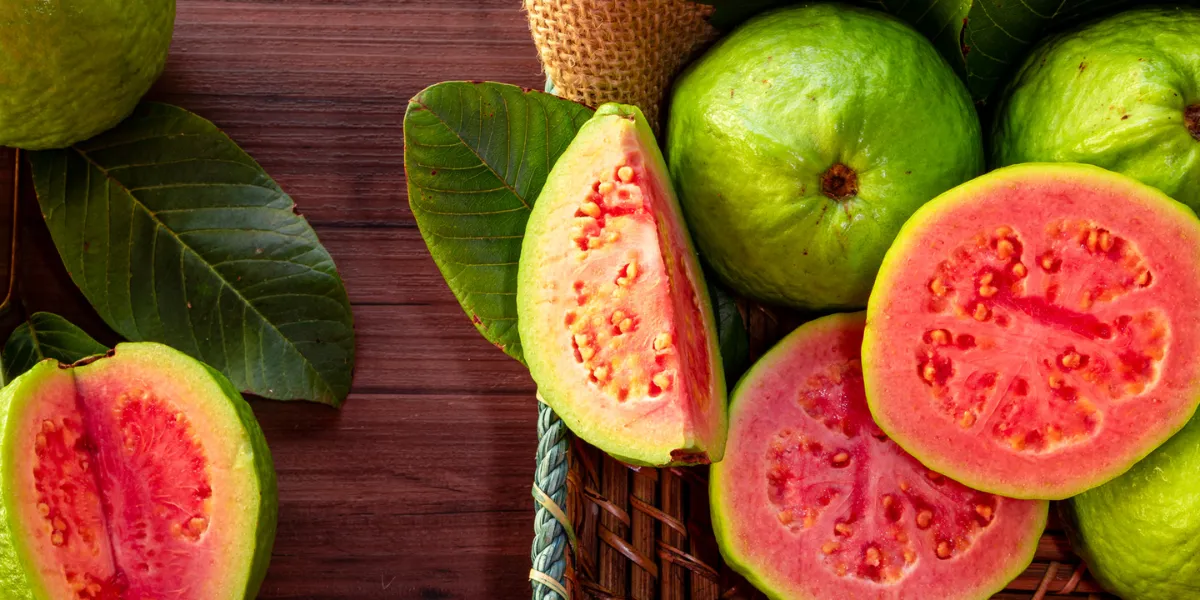Cilantro and coriander are two terms that often confuse, especially in recipes. While they come from the same plant, Coriandrum sativum, they refer to different parts of the plant and have distinct characteristics.
Table of Contents
ToggleWhat is Cilantro?
Cilantro, also known as fresh coriander or Chinese parsley, refers to the leaves and stems of the coriander plant.
- Appearance: Cilantro has bright green, flat leaves with a lobed shape and a thin, green stem.
- Flavor: Cilantro has a fresh, citrusy aroma with a slightly peppery or soapy taste, which some people find unpleasant due to genetic variations in taste perception.
- Uses: Cilantro is widely used in Latin American, Asian, and Middle Eastern cuisines. It’s often added fresh as a garnish or flavoring to dishes like salsa, guacamole, curries, stir-fries, and soups.
What is Coriander?
Coriander, on the other hand, refers to the dried, seed-bearing fruits of the coriander plant. These small, round seeds are also known as coriander or berries.
- Appearance: Coriander seeds are small, round, and light brown.
- Flavor: Unlike cilantro, coriander seeds have a warm, nutty, and slightly citrusy aroma. Some describe the flavor as having hints of orange, lemon, and spice.
- Uses: Coriander seeds are commonly used whole or ground in pickling brines, curries, spice rubs, sausages, and various meat dishes. They are also essential ingredients in garam masala and curry powder.
Key Differences Between Cilantro and Coriander
| Feature | Cilantro | Coriander |
|---|---|---|
| Part of the plant | Leaves and stems | Dried seeds |
| Appearance | Bright green, flat leaves | Small, round, light brown seeds |
| Flavor | Fresh, citrusy, slightly peppery/soapy | Warm, nutty, citrusy |
| Uses | Fresh garnish or flavoring | Spice in various dishes |

FAQs about Cilantro and Coriander
- Can I substitute cilantro for coriander seeds, and vice versa?
Not directly. Cilantro and coriander seeds have different flavors and strengths. Substituting one for the other can significantly alter the taste of your dish.
- Why does cilantro taste soapy to some people?
This is due to genetic variations in how people perceive certain aldehydes present in cilantro. For those who experience the “soapy” taste, it’s not an indication of spoilage but simply a difference in taste perception.
- How can I store cilantro?
Cilantro is a delicate herb and has a short shelf life. Wrap it loosely in a damp paper towel and store it in the refrigerator for up to a week.
- How can I store coriander seeds?
Store coriander seeds in an airtight container in a cool, dark, and dry place. Whole seeds will stay fresh for up to two years, while ground coriander loses its potency faster and should be used within six months.
- What are some substitutes for cilantro?
If you dislike the taste of cilantro or cannot find it fresh, you can substitute it with other herbs like parsley, mint, or Thai basil, keeping in mind that they may not provide the same flavor profile.
- What are some substitutes for coriander seeds?
Ground cumin, caraway seeds, or a blend of equal parts fennel seeds, dried orange peel, and black peppercorns can be substitutes for coriander seeds, but they won’t offer an identical flavor.
- Is coriander related to cumin?
Coriander and cumin are both members of the Apiaceae family, but they are different plants with distinct flavors. Cumin has a stronger, earthier aroma and flavor than coriander’s citrusy notes.
- Is coriander good for health?
Coriander may offer some health benefits, including potential anti-inflammatory and blood sugar-lowering effects. However, more research is needed to confirm these benefits.
- Can I grow my cilantro and coriander?
Yes, both cilantro and coriander are relatively easy to grow at home in pots or gardens. They prefer well-drained soil and full sun to partial shade.
- Where can I buy cilantro and coriander?
Cilantro is widely available in the fresh produce section of most grocery stores. Coriander seeds can be found in the spice section, usually near other whole spices or pre-ground blends.

Conclusion
Cilantro and coriander, though derived from the same plant, offer distinct flavors and culinary applications. Understanding their differences will help you choose the right ingredients for your recipe and add exciting depth to your dishes. So, the next time you encounter “coriander” in a recipe, take a moment to consider whether it refers to the fresh herb or the dried seeds, and get ready to experience the unique flavors this versatile plant has to offer!














